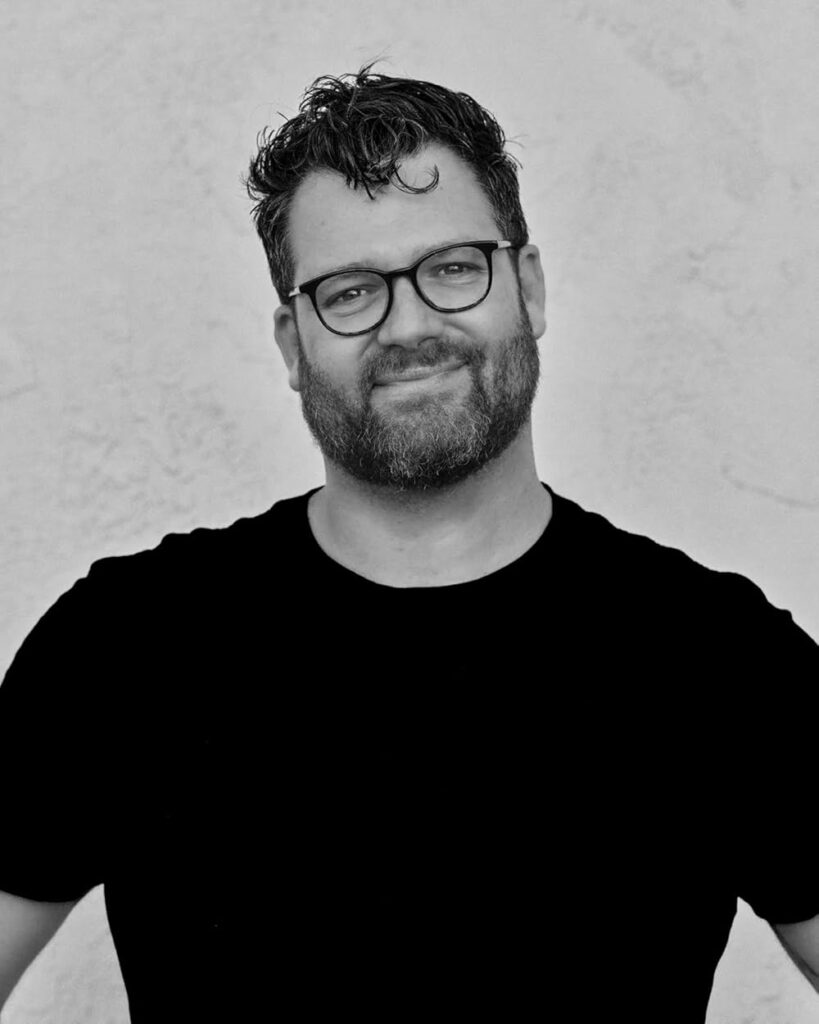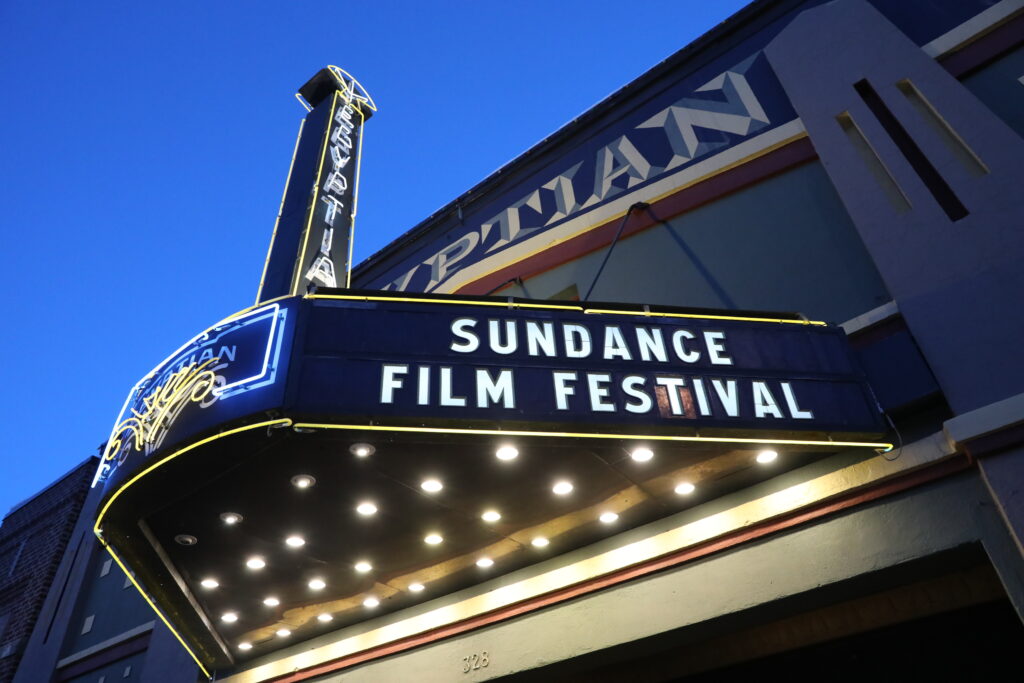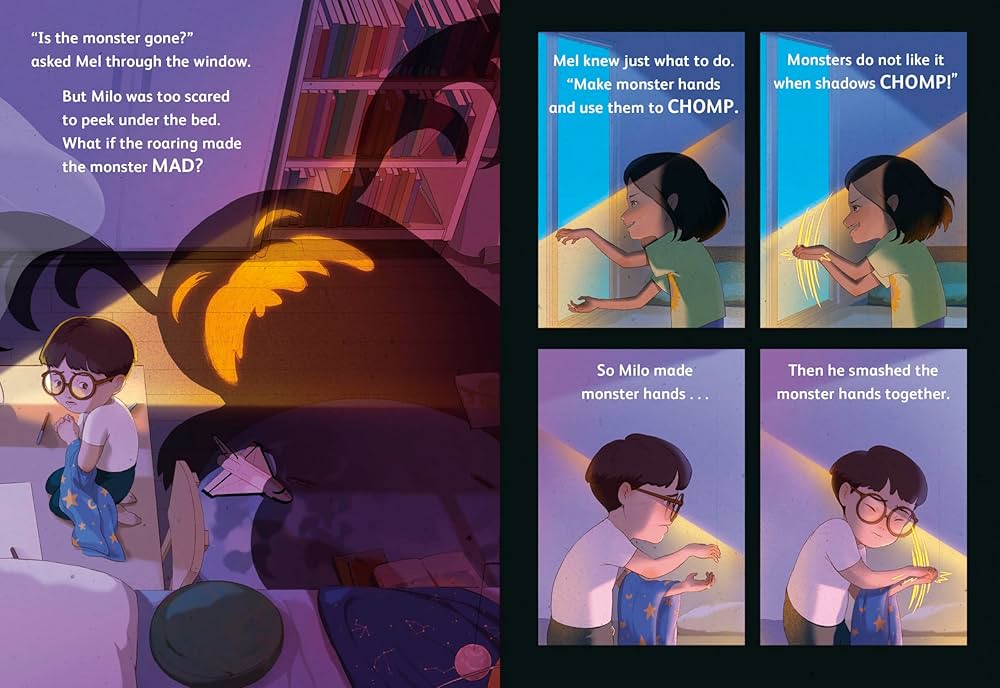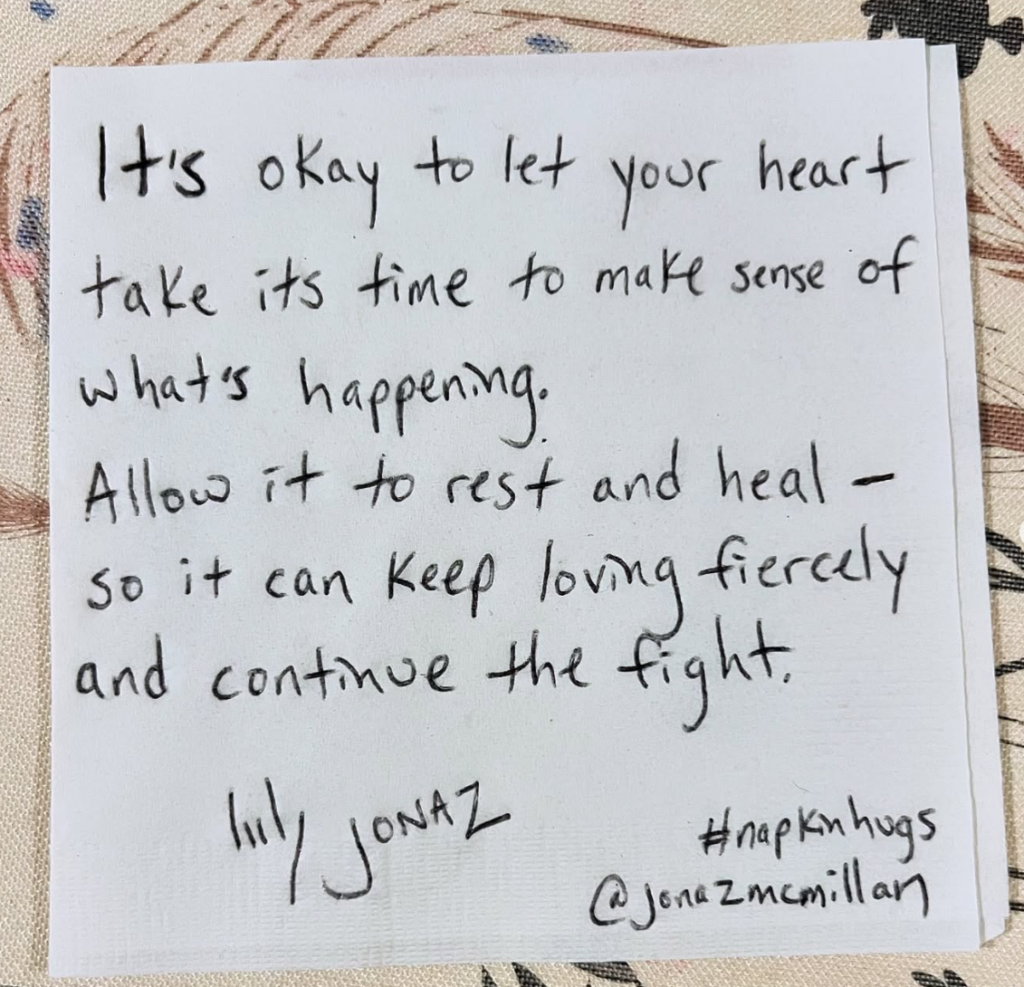Living in Los Angeles after spending most of his life in Washington, D.C., Jonaz McMillan, a May ’25 graduate from Emerson’s Writing for Film and TV program, reflects on how his program has helped him make an impact in the screenwriting industry and beyond. As a member of the culturally Deaf community, he brings an essential perspective to the screenwriting world—one that challenges norms and deepens representation. With three projects featured at the Sundance Film Festival and a co-authored children’s book under his belt, Jonaz is committed to highlighting stories with emotional depth that defy the status quo.
What first drew you to screenwriting, and how has your perspective as a Deaf writer shaped your journey in the industry?

“I’m big on healing and paradigm shifts. I believe that people’s will to change comes from within, and the future of our world depends on it. This has always been my lighthouse, my guidepost ever since I was a kid. It’s like… this deep calling. I always went where my purpose felt aligned. I went where it felt right.
“I’m a non-traditional student. I just turned thirty-eight. I received my master’s degree ten years ago and spent years teaching at Gallaudet University as a lecturer with the Communication Studies department. During that time, I knew that change needed to happen on a much larger scale. I’ve always been drawn to creativity, writing, and the arts. I knew I had to write. I’ve always wanted to write. I have boxes of writing here and there, from when I traveled, a bunch of my notes, words, and healing thoughts on how to make the world a better place. As I write this, the box sits on the floor next to me.
“Right before the pandemic, I applied to a Creative Writing MFA program at a different college. Then the pandemic hit. During that time, I wrote a book and my partner got a postdoctoral opportunity at UCLA. We both knew we would leave DC, so we relocated… mostly for him. But I never knew how much of my calling I would find here. How many of the teachings I carried could actually take place on screen.
“I started asking myself hard questions. If I wanted to promote paradigm shifts and reach people on the opposite side of whatever belief systems I had… what would reach them faster? A movie or a book? I knew it was the former. And I realized I had no idea what to do next. So I left my previous career and dove right into the industry. I’ve had multiple jobs here and there in film. It’s been four solid years of nothing but this, and it naturally led me to pursue an MFA in screenwriting.
“My perspective as a Deaf writer is that much of my writing takes place in ASL first, before being translated into English. Screenwriting, especially in ASL, has a unique cinematic quality and sophistication. However, when it comes to translating and rendering it into English, it often feels somewhat watered down. After all, English is a linear language. I’ve had many discussions about this with fellow Deaf writers and storytellers, as we process the challenges and nuances together. Through the stories I write, I want to ensure that Deaf representation on screen is portrayed through a cultural lens, not a medical one.”
Why did you choose Emerson’s MFA in Writing for Film and Television, and how has the program influenced your writing and career trajectory?
“I decided that a low-residency program would best fit my schedule because of all the projects I was working on. I was still unsure, until the month I got accepted. That same year, Everything Everywhere All at Once swept the Oscars, and Emerson was ranked #1 for the most Oscar wins by alumni. That was the final confirmation I needed to choose Emerson.
“After starting the program, I began meeting so many Emerson alumni already working in the industry. I had no idea the campus was right across from Boston Common. I remember being at the pond with three dear friends in 2012 when I worked at Boston University, and told them, ‘I feel called to write, I just know I have to write.’ But I wasn’t sure what, when, how, or even why.
“Who knew that eleven years later, I’d begin my writing residency in a classroom overlooking that very same pond. It felt like one long detour. It began in 2012 when I knew I had to write. The journey finally started in 2023, with a trail of written ideas in between.
“And now, as I write this, I’m about to graduate in a week. It feels like a full-circle moment. I’m so excited. This program has influenced my writing profoundly. I feel prepared to structure my stories in ways I didn’t know how before. I’m just incredibly grateful and excited for what’s next. So much is coming up… please stay tuned!”
You worked on multiple projects that were featured at the Sundance Film Festival! Can you tell us about those projects and that experience?
“Before starting the program, I worked on various film and television projects, including The Tuba Thieves, created and directed by Alison O’Daniel, which premiered at Sundance in 2023. I met some Emerson folks there and soon after applied to the program. I’m forever grateful I did.

“During the MFA program, I worked with Concordia Studio as a cultural consultant for Deaf President Now!, directed by Nyle DiMarco, which premiered at Sundance 2025. I also worked with Actual Films as a cultural and community consultant for Marlee Matlin: Not Alone Anymore, directed by Shoshannah Stern, which also premiered at Sundance 2025. Both projects were led and directed by Deaf directors who are members of the Directors Guild of America (DGA), and they remain deeply meaningful to me, knowing how authentically both stories were told. These experiences allowed me to witness the expanding landscape of Deaf storytelling on screen. Both of them happen to also be dear friends of mine.
“The experience was transformative and promising. It affirmed that this is exactly where I need to be. Culturally Deaf people are often excluded from spaces like that, so it was meaningful to return to the festival and continue taking part. Every time I do this work, I’m thinking of all the Deaf children out there. I come from a big Deaf family. I’m multi-generationally Deaf. It’s a cultural thing for me, for my family, and for my community.”
You also published a book last summer with Karen Kane called Monster Hands. Can you tell us about that process and what it means to you to not only have published a children’s book, but one that highlights ASL?
“It was such a meaningful journey. The writing of Monster Hands started during the pandemic while I was teaching online at Gallaudet, and it quickly became a creative lifeline for me. Karen Kane and I co-authored the book with a clear intention of celebrating Deaf characters in the story. We didn’t want another narrative where being Deaf was treated as a problem to solve. We wanted to center a universal story, something every kid could relate to, and let the Deaf characters simply exist. No pity. No savior arcs. Just joy, imagination, and empowerment.

“We built the story around something visual and culturally rich: ASL and shadow puppetry. These traditions come together in a tale about two Deaf kids facing a bedtime fear, the imaginary monster. They use flashlights and ASL to create shadow puppetry to conquer that fear on their own terms with the tools they had. That shift in framing was everything.
“Culturally Deaf people aren’t defined by the absence of sound. We experience the world through light, language, community, and culture. Working with Dion MBD, the illustrator based in Indonesia at the time, added another layer of care. We collaborated closely to ensure ASL was represented accurately. It was important to me that Deaf kids could see themselves on the page, not just in the characters, but in the language throughout the story. Since its release, Monster Hands has received starred reviews from Publishers Weekly, Kirkus, The Horn Book, and School Library Journal. It’s also been honored as an Amazon Best Book of the Month (May 2024), a Junior Library Guild Selection, a 2024 Booklist Editors’ Choice Pick, a Horn Book Fanfare Best Book of 2024, an ALSC 2025 Notable Children’s Book, and a Schneider Family Book Award Honor.”
How do you see the industry evolving in terms of accessibility and representation for writers who are Deaf or have other disabilities?
“The industry is definitely evolving and it’s been encouraging to witness. Personally, I haven’t faced many barriers. Most of the people I’ve worked with have been open, motivated, and willing to learn. I often describe the process as similar to traveling to a new country. You are learning a new language, a new rhythm, and a new way of communicating. When people approach it with that mindset, it becomes an exciting journey of collaboration. That’s where the real magic happens.
“For me, the fire in my heart keeps me going. Whenever I encounter discrimination or misunderstanding, the fire in my heart is actually brighter. I try to move past those moments quickly because my focus is on the work, the joy, and the impact. I’m grateful to be in an industry that’s making space for more Deaf and disabled storytellers, and I hope we continue moving toward access, equity, and creative freedom for all.”
You like to occasionally “write from the heart on napkins and leave them in public places, hoping they resonate with strangers.” Why is this practice important to you?
“Aww… I’ve been leaving loving messages on napkins around the world since 2003, back when I was in high school. One late night, my Deaf friends and I went to Denny’s. We were being our typical high-school selves. Our waitress looked overwhelmed, not just by us, but also by the communication barrier. This was before smartphones, before typing on a screen became the norm. Back then, we’d scribble on blank receipts or napkins to place our orders or ask for basic things.

“That night, I noticed the waitress had probably had a long day. I decided to write a thank-you note on a napkin, not just for the service, but for her patience and presence. I couldn’t find her before we left, so I tucked the napkin with our tip. As we walked out, I looked back through the window and saw her reading it. She sat down for a moment. Holding the napkin. That was the first time I truly saw the ripple effect of something so small… and so sincere. I’ve been doing it ever since. If I had an extra napkin on the table, I write something on it, and leave it behind.
“It’s been about twenty-two years now. Leaving napkin notes wherever I go. In 2019, a friend suggested I start taking photos of the napkins and posting them on Instagram, so people who found them could find me. I gave it a try, and sure enough… some of those napkins led to real connections and heart-to-heart conversations.
“It’s something I love. Something from the heart.
“That ritual inspired a feature film I wrote in the MFA program. We’ll see where the story goes. This world needs more of it. Real love. More healing. More paradigm shifts. A world where chasing butterflies isn’t scary. A world where softness isn’t rare, you know? The love. The real kind.”


Leave a Reply